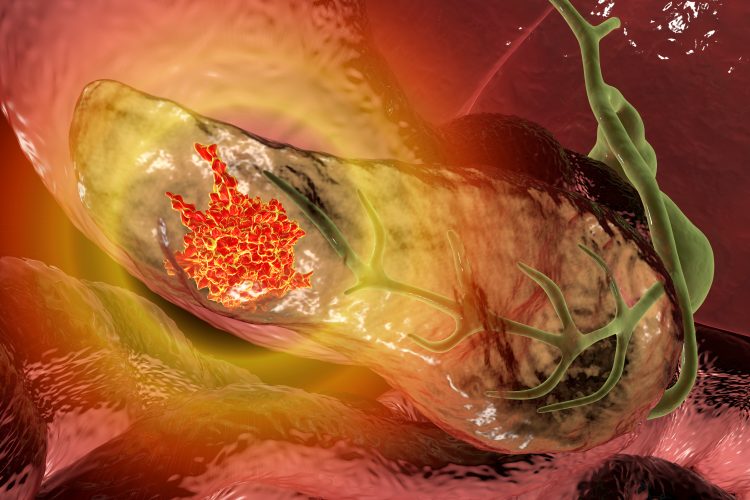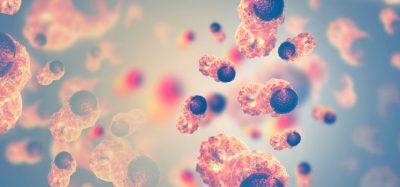Pancreatic tumours fooled by glutamine mimic
Posted: 13 October 2023 | Drug Target Review | No comments yet
A novel treatment approach using DON molecule starves tumours of essential nutrient, significantly slowing tumour growth.


Published in Nature Cancer, a study led by scientists at Sanford Burnham Prebys suggests a completely new approach to treat pancreatic cancer. The findings showed that feeding tumours a copycat of an important nutrient, glutamine, starves them of the energy they need to survive and grow. The method has been used in early clinical trials for lung cancer. However, the unique properties of pancreatic cancer could make the strategy an even stronger candidate in the pancreas.
Dr Cosimo Commisso, director and associate professor at the Cancer Metabolism and Microenvironment Program at Sanford Burnham Prebys, explained: “Pancreatic cancer relies on the nutrient glutamine much more than other cancers, so therapies that can interfere with tumours’ ability to access glutamine could be highly effective.”
Pancreatic cancer is relatively rare, accounting for only 3 percent of all cancers, but it has one of the lowest survival rates among cancers. Most people only live three to six months after being diagnosed with the disease.
“Over the course of the past decade, there has been a notable improvement in survival rates for pancreatic cancer, but they still hover around just 10 percent,” said Commisso. “There is a dire need for new treatments for these cancers.”
One of the difficulties of treating pancreatic cancer has to do with the physical properties of the tumours themselves.
“Pancreatic tumours tend to be packed in dense connective tissue that keeps them encapsulated from the rest of the body and cuts off their supply of oxygen,” explained Commisso. “As a consequence, these cancers develop unique metabolic properties compared to other tumours, and this is something we may be able to exploit with new treatments.”
Pancreatic cancer relies heavily on glutamine to generate energy for growth and survival. Previously, scientists have attempted to block access to glutamine to slow the growth of pancreatic tumours, but this is easier said than done.
The new method relies on a molecule called DON that has structural similarities to glutamine but can’t be used as a nutrient source. The team found by studying mice that DON significantly slowed pancreatic tumour growth and stopped the tumours from spreading.
Although DON stopped pancreatic tumours from using glutamine, pancreatic cancer cells can use other nutrients to grow in glutamine’s absence. To combat this effect, the scientists combined DON with an existing cancer treatment that blocks the metabolism of asparagine, another important nutrient. The combined treatment had a synergistic effect, assisting the prevention of the spread of pancreatic tumours to other distant organs, such as the liver and lungs.
“With DON, the cancer cells can’t use glutamine, but they can start to depend on other nutrients as a backup, including asparagine,” said Commisso. “We thought that if we could stop them from using glutamine and asparagine, the tumours would run out of options.”
This is the first time this combination of treatments has been proposed for any cancer but the approach of using DON independently has already progressed to early clinical trials in lung cancer.
“This is particularly exciting, because exploring it further for pancreatic cancer patients could be relatively simple, since the study designs exist for other solid tumours,” commented Commisso. “This could be a game changer for pancreatic cancer, and a lot of the pre-clinical work needed to rationalise it is already happening.”
Related topics
Cancer research, Targets
Related conditions
Pancreatic cancer
Related organisations
Sanford Burnham Prebys
Related people
Dr Cosimo Commisso (Sanford Burnham Prebys)








